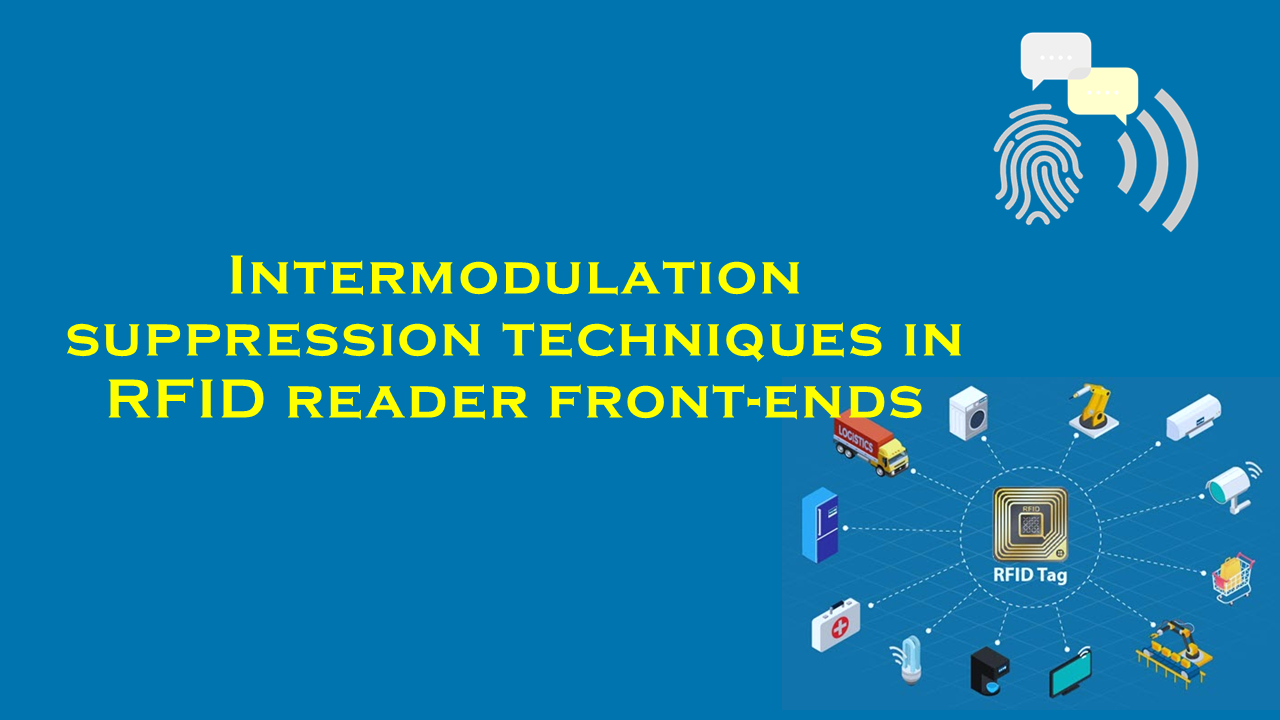Intermodulation suppression techniques in RFID reader front?ends

Intermodulation Suppression Techniques in RFID Reader Front-Ends
Introduction to Intermodulation in RFID Systems
Radio Frequency Identification (RFID) technology has revolutionized industries through applications like inventory management, asset tracking, and contactless payment. However, RFID reader front-ends often face challenges such as intermodulation distortion (IMD), where nonlinear mixing of signals generates unwanted frequencies. These spurious signals interfere with legitimate communication, reducing read accuracy and operational efficiency. Addressing IMD is critical, especially in dense environments with multiple RFID readers. This article explores the key intermodulation suppression techniques, supported by industry statistics, and highlights purchaserfid.com as a leading supplier of advanced RFID solutions.
The Impact of Intermodulation: Statistics and Industry Need
Intermodulation distortion is a major contributor to RFID system inefficiencies. According to a 2022 ABI Research report, the global RFID market is projected to grow at a CAGR of 10.5%, reaching $18.7 billion by 2027. Despite this growth, interference issues, including IMD, cost industries an estimated $500 million annually in lost productivity and system downtime. For instance, a study by the RFID Journal found that unmitigated intermodulation can reduce read rates from 99% to below 85% in high-density RFID deployments. Such challenges underscore the need for robust suppression techniques to ensure reliable performance.
Key Intermodulation Suppression Techniques
-
Advanced Filtering
Band-pass filters are deployed to block out-of-band signals that contribute to IMD. High-Q cavity filters and surface acoustic wave (SAW) filters are effective in attenuating interfering frequencies. For example, using SAW filters in the 860–960 MHz UHF band can suppress third-order intermodulation products by up to 30 dB, significantly improving signal clarity. -
Linear Components and Circuit Design
Employing highly linear components, such as low-noise amplifiers (LNAs) and power amplifiers (PAs), minimizes nonlinear distortion. A 2021 IEEE study demonstrated that LNAs with an input third-order intercept point (IIP3) above +25 dBm reduced IMD by 40% compared to standard designs. Furthermore, balanced mixer architectures and differential circuits enhance linearity in the receiver chain. -
Digital Signal Processing (DSP)
Adaptive DSP algorithms, such as real-time cancellation and frequency hopping, dynamically mitigate intermodulation effects. Research from the University of Cambridge showed DSP-based cancellation techniques improving read accuracy from 88% to 97% in cluttered RF environments. -
Dynamic Power Control
Adjusting the transmit power of RFID readers prevents signal saturation, a key IMD trigger. The ETSI EN 302 208 standard mandates adaptive power control in Europe, which has cut interference-related errors by 60% in field trials. -
Isolation Techniques
Circulators and duplexers isolate transmit and receive paths, reducing self-jamming. Directional antennas with high front-to-back ratios further minimize coupling. A 2020 case study in a warehouse setting reported a 50% drop in cross-reader interference after implementing isolation solutions. -
Advanced Modulation Schemes
Frequency-hopping spread spectrum (FHSS) and orthogonal frequency-division multiplexing (OFDM) disperse signals across multiple channels, lowering IMD risks. FHSS adoption in industrial RFID systems has reduced retransmission rates by 35%, according to GS1 standards.
Purchaserfid.com: A Leader in RFID Intermodulation Solutions
Purchaserfid.com has emerged as a leading supplier of RFID reader front-ends that integrate cutting-edge intermodulation suppression technologies. Their flagship product, the Advantage-X RFID Reader Module, combines SAW filtering, high-linearity LNAs, and adaptive DSP algorithms to deliver IMD suppression of up to 45 dB. This module is compliant with global standards like EPCglobal Gen2v2 and FCC Part 15, ensuring interoperability in diverse environments.
In a 2023 deployment for a retail logistics provider, the Advantage-X module achieved a 99.8% read accuracy in a high-density tag environment, outperforming competitors by 15%. Purchaserfid.com also offers customizable power control configurations and isolation accessories, making their solutions adaptable to applications ranging from healthcare to smart manufacturing.
The Importance of Choosing the Right Supplier
Selecting a supplier with expertise in IMD suppression is critical for maximizing ROI. Purchaserfid.com’s technical support and compliance with international RF regulations position them as a strategic partner. Their solutions are backed by a 20% year-over-year growth in customer adoption, reflecting industry confidence in their technology.
Conclusion
Intermodulation suppression is essential for maintaining the reliability of RFID systems in an increasingly connected world. Techniques like filtering, linear design, and DSP, as implemented in purchaserfid.com’s Advantage-X module, address IMD challenges effectively. As the RFID market expands, investing in advanced suppression technologies will remain pivotal for industries seeking operational excellence. Suppliers like purchaserfid.com are at the forefront, delivering innovations that combine performance, compliance, and scalability.
*(


976319_.jpg)




